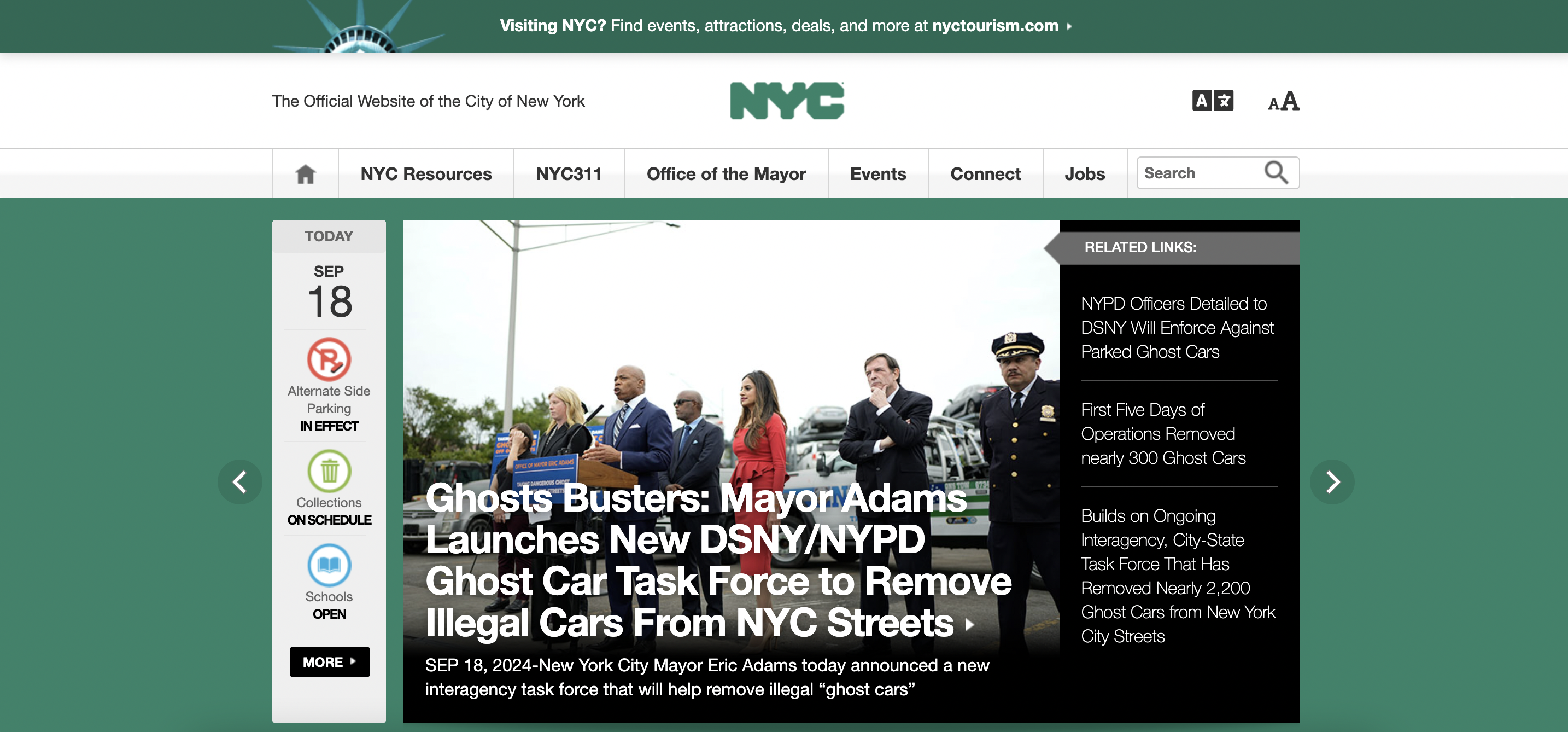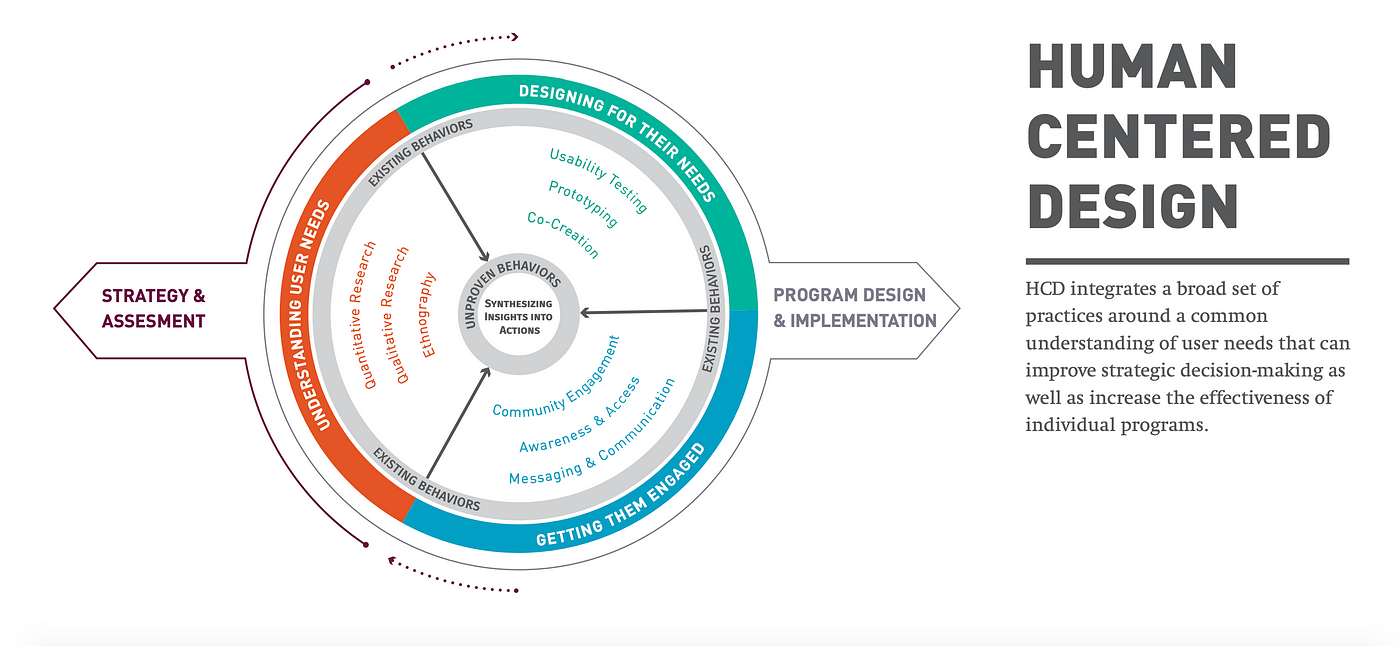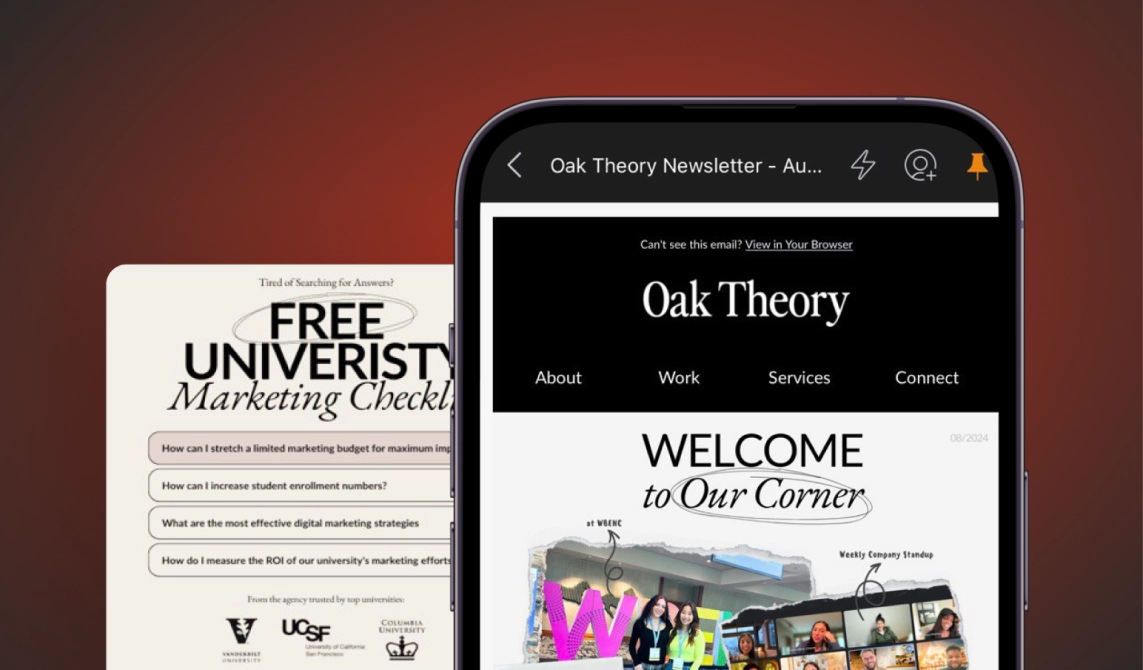The High Stakes of Neglecting User Experience in Government Digital Services
As most of us can now handle complex tasks like managing investments on our phones in mere minutes, it’s natural to question why accessing simple government services often feels more cumbersome. The truth is that private sector UX standards have surged ahead, creating a stark contrast with the public sector, which has struggled to keep pace. This gap underscores the critical need for Human-Centered Design in government services, highlighting a key area where public sector innovation lags behind.
Citizens today expect government services to be just as seamless and efficient as private ones, but many government platforms continue to fall short, leading to frustration, disengagement, and a growing sense of lost transparency and trust.
Despite a substantial increase in global government IT spending—up 6.5% to $557.3 billion in 2022 (Source: GovLoop)—user experience remains a weak spot in many public sector digital services. This mismatch between investment and outcome raises a critical challenge: How can government agencies avoid falling behind, losing touch with the communities they serve, and even eroding public trust?
As a women-owned agency providing state government digital services in New York & New Jersey, we understand the unique challenges faced by government contractors and prime contractors involved in federal and state government contracts. By focusing on the real needs and experiences of users, we believe that a human-centered approach not only enhances citizen satisfaction and rebuilds trust in government but also maximizes the effectiveness of government programs.

Image Source: https://www.jointheportauthority.com/
When user experience is neglected, even the most well-funded programs can falter, undermining both the intended outcomes and the public’s experience—a lose-lose situation for all involved.
This blog post delves into how human-centered design can lead to meaningful innovation in the public sector, providing a roadmap for government IT solutions determined to meet—and exceed—modern expectations.
The Urgent Need for User-Centric Government Digital Services
Let’s begin with the truth: government websites have a reputation for being cumbersome, difficult to navigate, and not user-centric–a reputation that is well documented across various sources, as well as widely spread through word of mouth (Source: Code for America). For public sector projects, poor user experience not only frustrates citizens but can also undermine the success of government procurement efforts and federal contracts. While the desire to deliver efficient and effective digital services may be strong, government agencies face a unique set of challenges that make this goal difficult to achieve:

Image Source: https://www.jointheportauthority.com/
The issue arises when the government’s intention to serve the public is mistranslated through digital communication that lacks the necessary user-centric approach, leading to a disconnect between what is intended and what users actually experience.
The High Cost of Poor UX in Government Websites and Digital Platforms
Despite these challenges, the increasing public reliance on digital platforms has made innovative, user-centered approaches more essential than ever. According to a study by the OECD (Source: OECD), governments that focus on digital innovation and user-centric services not only improve citizen satisfaction but also enhance public trust and institutional efficiency.
Poor user experience can lead to more than just frustration—it can erode trust in public institutions and result in significant economic and social consequences. Below are the most pressing reasons why governments must prioritize digital transformation:
1. Reduced Program Effectiveness:
Good user experience (UX) in government websites is not just a convenience; it’s essential for maximizing the impact of taxpayer dollars and the efficiency of government programs. Research shows that citizens who are satisfied with government services are five times more likely to view those services as a good investment of taxpayer money. Moreover, satisfied users are nine times more likely to believe that an agency is effectively delivering on its mission (Source: McKinsey & Company). By ensuring that government services are easy to navigate and accessible, agencies can enhance program delivery, allowing both the public and government staff to achieve better outcomes with the resources available.

Image Source: https://nyc.gov
2. Economic Loss Due to Bureaucracy:
Inefficient government services and cumbersome bureaucracy can drive businesses to seek opportunities abroad, leading to significant economic losses. For example, a report highlighted that 22% of SMEs cited non-favorable business policy environments as a major challenge, which could prompt them to relocate their operations to countries with more supportive frameworks. This is a missed opportunity for governments to retain local businesses and the economic benefits they bring
(Source: World Economic Forum).
3. Missed Business Opportunities:
The complexity of opening and operating a business in countries with cumbersome bureaucratic processes often pushes entrepreneurs to consider more business-friendly environments abroad. For example, difficulties in dealing with administrative services have led many expats to avoid certain countries altogether, despite other advantages like quality of life. This trend not only results in missed business opportunities but also deprives the country of potential economic growth and job creation (Source: KRDO).
At Oak Theory, our consulting services, including DE&I strategy and UX/UI audits, are designed to help you build user-centered digital solutions that truly meet citizen needs. Our expertise extends across federal government contracts in the United States, where we apply our user-centered approach to enhance service delivery and citizen engagement.
Driving Public Sector Innovation Through Human-Centered Design
By engaging with citizens to understand their needs and pain points, government agencies can develop solutions that are not only innovative but also practical and effective. One successful example of human-centered design in government is the Centers for Medicare and Medicaid Services (CMS). Under the leadership of Andrea Fletcher, CMS has focused on enhancing its digital services by asking critical questions about user needs and simplifying the process for citizens.
“The next version of digital transformation is asking, ‘Do they even need to fill that form out? Do we already have their information and can we automatically enroll them?’” Fletcher explains, illustrating how simple the shift towards more intuitive and user-friendly government services can be (Source: GovCIO Media & Research).
Human-centered design isn’t just about pandering to impatient audiences; it’s essential for government leaders and workers who are committed to building a government that truly serves the people.
Effective communication is the backbone of successful public engagement for government agencies, especially in the digital age. Digital channels offer powerful tools to connect with citizens, but their effectiveness hinges on being user-centric. By focusing on government IT solutions and e-government solutions, agencies can ensure that their public sector digital transformation efforts meet the expectations of today’s citizens.
Here are some essential strategies for enhancing digital communication:
Walk Yourself Through the User Journey: Step into the shoes of your users by navigating your digital service as they would. Identify any points of friction or confusion.
Streamline and Simplify: Look for areas in the process that can be simplified. Reducing unnecessary steps or complexities can significantly improve user satisfaction and ease of access–so does accessible and jargon-free copy.
Ensure Accessibility: Evaluate whether your website and digital services are accessible to all users, including those with disabilities. Accessibility is not just a legal requirement; it’s a fundamental aspect of inclusive design.
Encourage and Act on Feedback: Open channels for feedback and actively encourage users to share their experiences. Use this input, alongside analytics, to refine and enhance your communication strategies continuously.
Engage Through Multiple Channels: Reach citizens where they are, whether on social media, via email newsletters, or through mobile apps. Consistent messaging across platforms helps reinforce key information and ensures broader reach.
Provide Real-Time Updates: Keep citizens informed with real-time updates on service statuses, emergency alerts, and other critical information. Transparency builds trust and confidence in government services.

Image Source: https://uxdesign.cc/
By focusing on these strategies, government agencies can create digital communications that not only engage but also empower their citizens, ensuring that services are effective, accessible, and human-centered.
At Oak Theory, we’ve demonstrated our ability to transform complex processes into simple solutions through our product design services. For example, we partnered with Eyeview to design the Audience Management Tool, which transformed a cumbersome, manual campaign setup process into an efficient, scalable system. This not only improved user experience but also saved the operations team 40% of their time, allowing them to focus on more critical tasks like campaign optimization.
Oak Theory: Leading Public Sector IT Solutions in New York and New Jersey
As a company proudly certified as women-owned and minority-owned, we bring a unique perspective and commitment to our work. We specialize in providing public sector IT solutions in New York & New Jersey, tailored to meet the unique needs of local government agencies. Our certifications from WBENC, NMSDC, W/MBE NYC and pending certifications from PANYNJ and NYS underscore our dedication to diversity and inclusion in all we do.
We are committed to partnering with government agencies to create innovative, user-centered solutions that truly serve the needs of all citizens.
With our extensive experience in government UX/UI design, we are committed to supporting local government digital transformation efforts. By choosing to work with us, you’re not only gaining a trusted partner but also supporting a business that values diversity and strives to make a positive impact in the communities we serve.
Get in touch with us today to see how we can support your digital transformation journey.
Categories
Authors
Search with tags
Follow us online
Sign up to receive the latest digital insights, news, and expert advice delivered straight to your inbox.
